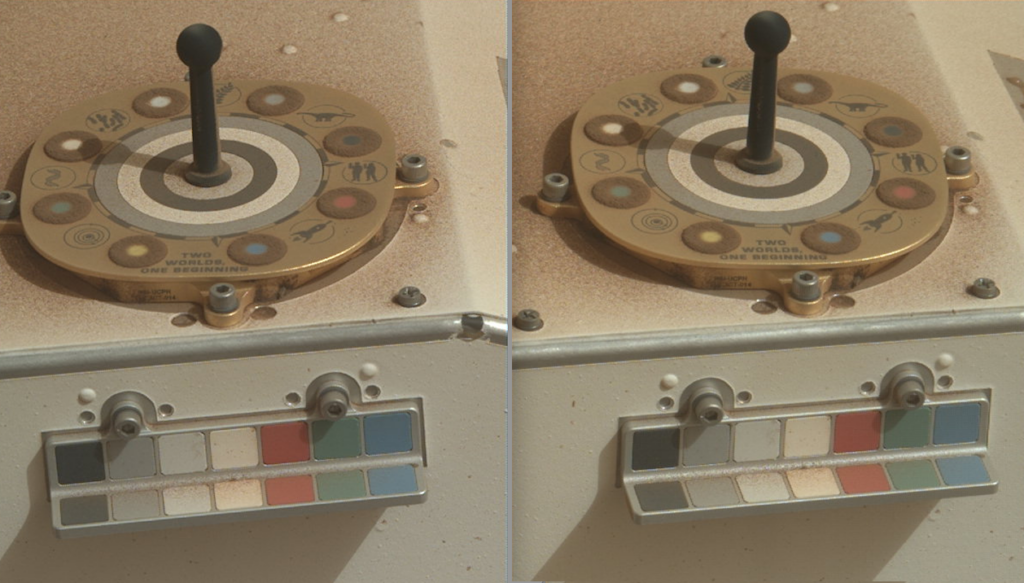Resolving the History of Life on Earth by Seeking Life As We Know It on Mars

An origin of Earth life on Mars would resolve significant inconsistencies between the inferred history of life and Earth’s geologic history.
Life as we know it utilizes amino acids, nucleic acids, and lipids for the metabolic, informational, and compartment-forming subsystems of a cell. Such building blocks may have formed simultaneously from cyanosulfidic chemical precursors in a planetary surface scenario involving ultraviolet light, wet-dry cycling, and volcanism. However, early Earth was a water world, and the timing of the rise of oxygen on Earth is inconsistent with final fixation of the genetic code in response to oxidative stress.
A cyanosulfidic origin of life could have taken place on Mars via photoredox chemistry, facilitated by orders of magnitude more sub-aerial crust than early Earth, and an earlier transition to oxidative conditions. Meteoritic bombardment may have generated transient habitable environments and ejected and transferred life to Earth.
The Mars 2020 Perseverance Rover offers an unprecedented opportunity to confirm or refute evidence consistent with a cyanosulfidic origin of life on Mars, search for evidence of ancient life, and constrain the evolution of Mars’ oxidation state over time. We should seek to prove or refute a Martian origin for life on Earth alongside other possibilities.
Christopher E. Carr
Comments: 13 pages, 1 figure
Subjects: Earth and Planetary Astrophysics (astro-ph.EP); Popular Physics (physics.pop-ph); Biomolecules (q-bio.BM)
Cite as: arXiv:2102.02362 [astro-ph.EP] (or arXiv:2102.02362v1 [astro-ph.EP] for this version)
Submission history
From: Christopher Carr [view email]
[v1] Thu, 4 Feb 2021 01:37:09 UTC (1,740 KB)
https://arxiv.org/abs/2102.02362
Astrobiology, Astrochemistry








